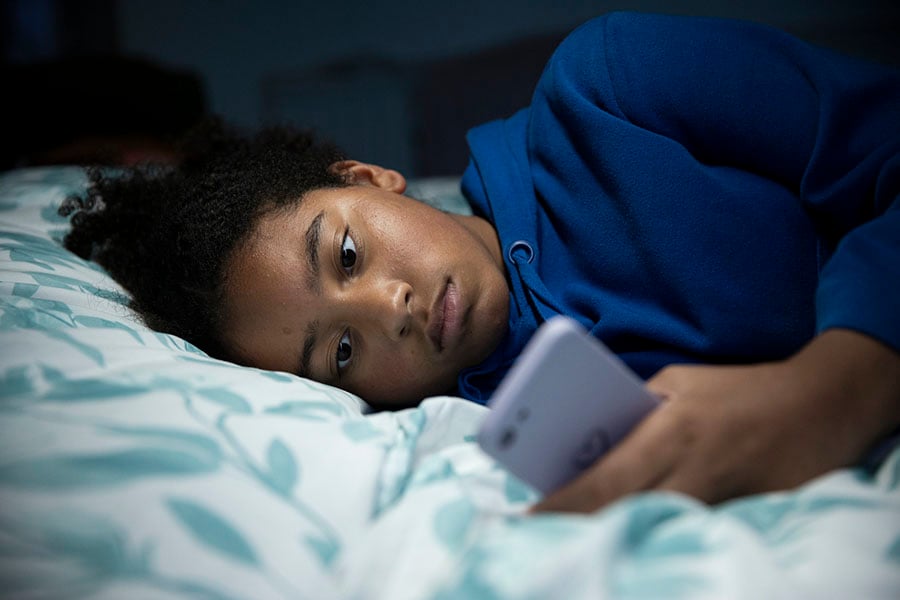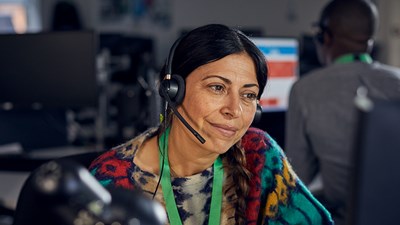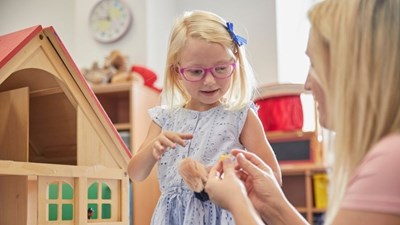We may see even higher levels of online child sexual abuse, as record levels were reached during the pandemic, and have not subsided, meaning there may be a long-term increase in risk.

Exclusive figures we’ve obtained show that online grooming crimes recorded by the police continue to climb and have jumped by more than 80% in four years. Data from 41 UK police forces shows an 84% rise since 2017/181, taking the total to more than 27,000 offences since 20172.
In 2021/22, there were 6,156 Sexual Communication with a Child offences3, an increase on the previous year and almost 120 offences per week on average.
Our research has also revealed:
- four in five (82%) of grooming cases last year, where the gender was known, were against girls, with 12 to 15 year old girls making up 39% of all victims, where the age and gender was recorded4
- offenders target children through well-established grooming pathways, such as contacting children on social media and gaming sites and coercing them to produce self-generated child abuse images
- Meta-owned platforms were used in 38% of offences where the means of communication was known. However, Snapchat was used by groomers more than any other platform, in a third of offences where a site was recorded (33%)5
- grooming is increasingly becoming a cross-platform problem, with police recording 70 different apps and games involved in grooming crimes in the last 12 months alone. Multiple social media sites were often used in the same offence.







